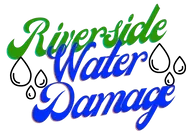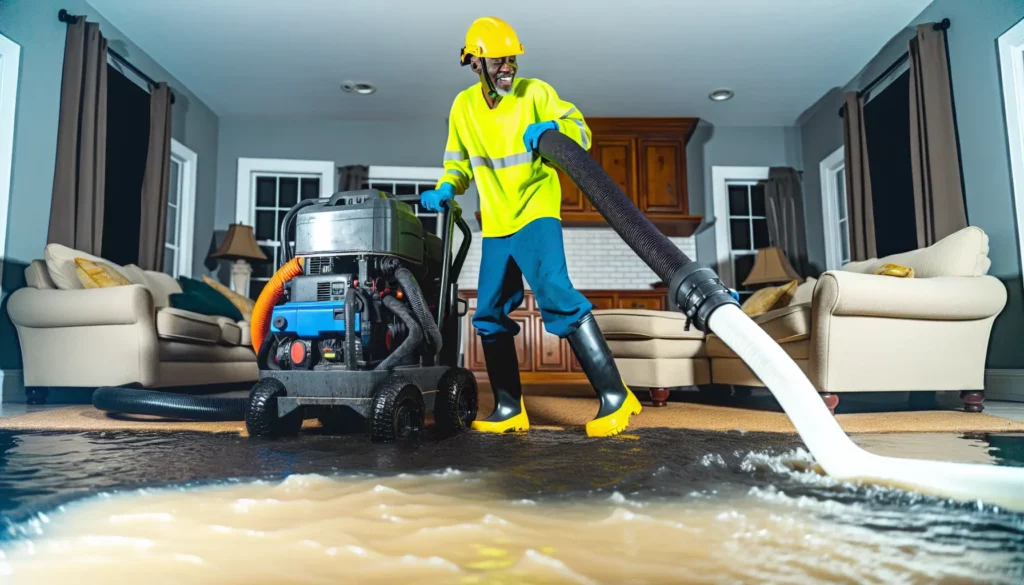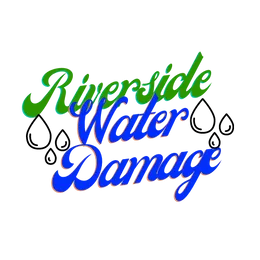Floods are one of the most destructive natural disasters that can happen to a homeowner or business owner. The aftermath of a flood can be overwhelming, and one of the most critical steps in the recovery process is efficient water extraction. While there are basic water extraction techniques that can be used in smaller, less complex situations, advanced water extraction techniques are required when dealing with complex flood damage. In this blog, we will explore some of these advanced techniques, emphasizing the importance of hiring professionals to handle such situations rather than attempting DIY solutions.
Understanding Complex Flood Damage
Before delving into advanced water extraction techniques, it’s essential to grasp the nature of complex flood damage. Unlike minor water leaks or spills, flood damage often involves a significant volume of water infiltrating a property. This water can come from various sources, such as heavy rainfall, river overflow, or burst pipes. The complexity arises from the diversity of materials and structures affected, as well as potential contamination from sewage or chemicals in the floodwater.
The Consequences of Delay
Delaying the water extraction process can have severe consequences. Mold growth can begin within 24-48 hours, and structural damage may occur rapidly. The longer water remains in the affected area, the more extensive the damage becomes, making the restoration process more complicated and costly. Therefore, timely and thorough water extraction is crucial.
Advanced Water Extraction Techniques
- Professional Assessment
The first step in handling complex flood damage is to contact a professional restoration company. They will conduct a thorough assessment of the extent of the damage and determine the appropriate course of action. This assessment is critical, as it helps identify hidden moisture pockets and potential structural issues that may not be visible to the naked eye.
- High-Volume Extraction
For complex flood damage, professionals utilize high-capacity extraction equipment. These machines can remove large volumes of water quickly, significantly reducing the time it takes to dry out the affected area. High-volume extraction ensures that water is removed from carpeting, subflooring, and other porous materials.
- Moisture Detection Technology
Advanced moisture detection technology is crucial for locating hidden pockets of moisture. Professionals use specialized equipment like thermal imaging cameras and moisture meters to pinpoint areas that require additional attention. This ensures that no moisture is left behind, preventing future issues like mold growth.
- Structural Drying
After water extraction, the drying process is essential to prevent further damage. Professionals use industrial-grade air movers and dehumidifiers to create optimal conditions for evaporation. This helps dry out walls, ceilings, and floors thoroughly.
- Controlled Demolition
In some cases, materials like drywall and insulation may be severely damaged and require removal. Professionals can conduct controlled demolition to safely remove and replace these materials while minimizing disruption to the property.
- Mold Remediation
Complex flood damage often leads to mold growth. Professionals have the expertise and equipment to safely and effectively remediate mold infestations. Mold remediation is a delicate process that requires containment, removal, and prevention of future growth.
- Sanitization and Decontamination
Floodwaters can carry contaminants and pathogens that pose health risks. Professionals are trained in sanitizing and decontaminating affected areas to ensure a safe and healthy environment once the restoration process is complete.
- Document and Inventory Restoration
For businesses or homeowners with valuable documents and inventory, the restoration of these items is critical. Professional restoration companies often have specialized techniques and equipment for salvaging documents, electronics, and other sensitive materials.
Why Professionals are Necessary
Handling complex flood damage requires a high level of expertise and specialized equipment. While DIY enthusiasts may be tempted to tackle the situation themselves to save money, there are several compelling reasons to hire professionals instead:
- Safety: Floodwater can contain hazardous substances, making it unsafe for untrained individuals to handle. Professionals are equipped with the necessary personal protective equipment and training to ensure safety.
- Efficiency: Professionals have access to advanced equipment that can remove water quickly and thoroughly, reducing the risk of long-term damage.
- Expertise: Experienced professionals understand the intricacies of complex flood damage, including moisture detection, mold remediation, and structural drying. Their expertise minimizes the risk of future problems.
- Insurance Compliance: Many insurance policies require professional restoration for flood damage claims to be valid. Attempting DIY repairs may void your coverage.
Conclusion
Dealing with complex flood damage is a challenging and intricate process that requires advanced water extraction techniques and professional expertise. While the temptation to handle the situation yourself may be strong, the potential risks and long-term consequences make it imperative to hire trained professionals. They have the knowledge, equipment, and experience to mitigate damage, ensure safety, and restore your property to its pre-flood condition. So, when faced with complex flood damage, remember that professional assistance is the key to a successful and safe restoration process.
Riverside Water Damage https://www.waterdamageriversidecalifornia.com/


